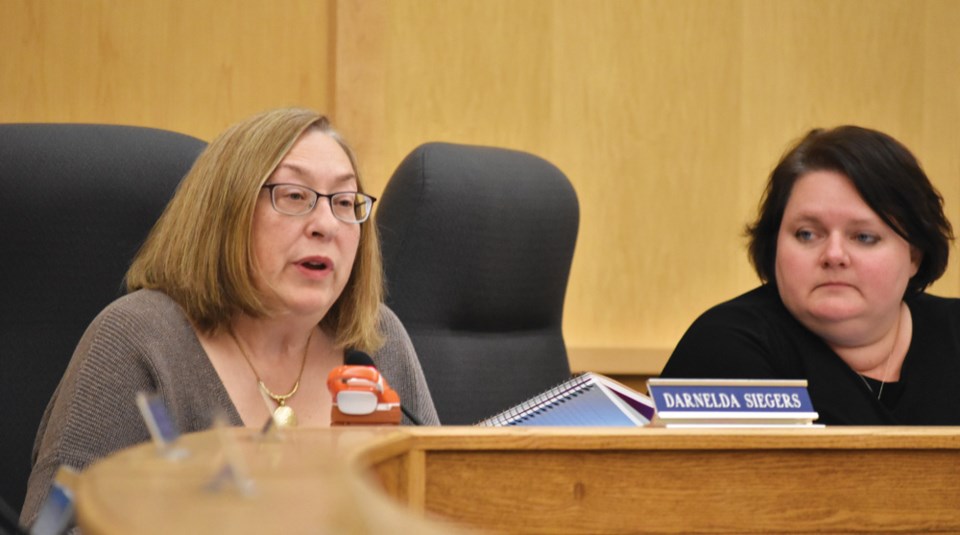In light of the critical water supply shortage, should the Sunshine Coast Regional District (SCRD) be approving new development?
SCRD directors asked that question last week in response to a study showing that by 2035, the water supply shortage could be five-and-a-half times larger than estimated in 2013. That means the Coast could face a drinking water deficit of 2.39 million cubic metres, even if people reduce their water use by 20 per cent compared to 2010. The 2013 study had estimated the deficit could reach only 430,000 cubic metres. Both studies used a population growth rate of two per cent.
“The report shows us we are in an emergency situation,” Elphinstone director Donna McMahon said at the Dec. 13 planning committee where the study was discussed. The results, she said, would likely require directors to “re-examine the entire strategy for water on the Sunshine Coast.”
Directors heard at the meeting that if the Coast were to stay at Stage 2 water restrictions during periods of drought, the supply deficit for 2017, the report’s reference year, would be 1.52 million cubic metres, slightly less than the combined volume of Chapman and Edwards lakes. Following some debate about whether to keep Stage 2 as the baseline of service, directors plunged into the issue of development on the Coast.
“Given that we have a severe water deficit and there’s no way for us to rectify this in the short term, should we be approving new development on the Sunshine Coast?” asked McMahon, who said residents have been confronting her with this question.
Sechelt Mayor Darnelda Siegers said she’s faced similar questions about limits to growth from both residents and District of Sechelt staff, and said she wanted direction from the SCRD staff on what they would need to investigate the matter.
Beamish was more direct. “Is there a trigger? Is there a time when you’re looking at referrals on the system and suddenly you look at it and say, no more? We can’t approve another application because we just do not have capacity. And how close are we to that?”
CAO Janette Loveys responded that staff “hasn’t necessarily” contemplated the question before.
Siegers prompted staff again. “We have a number of developments coming forward at Sechelt,” she said. “When do you say no, we don’t have water for you, stop development?” She then urged for policy to provide more guidance on growth and to avoid “pitting our development community against our residents who currently live here.”
Ultimately, directors voted unanimously on a motion, moved by Siegers, for staff to report to a future committee on the tools, options and approaches available to them related to the management of growth in a water supply deficit situation, as well as an exploration of definitions of development. The report is expected in the first quarter of 2019.
The analysis reviewed at the meeting is the first since 2013’s Comprehensive Regional Water Plan.
The consultancy firm Integrated Sustainability was commissioned to come up with the revised analysis as the district readies for a raft of decisions on water supply, including the construction of a raw water reservoir, the drilling of wells and modifications to the infrastructure at Chapman Lake to access up to an additional one million cubic metres of water.
The new report noted that since 2013, the Coast has experienced a number of extended summer droughts which reduced “the watershed contribution significantly,” and which the consultants factored into their predictions. They also revised the estimate to reflect the 2017 environmental requirement to maintain a streamflow rate of 200 litres per second, in addition to other policy changes. The report did not, however, take into account that Gibsons is planning to drop Zone 3, about 1,500 residents, from the Chapman system by 2020. Beamish requested staff to revise the report to reflect that eventuality.
SCRD’s policy is to reduce water demand by 33 per cent from 2010 levels by 2020. So far, the regional district has reduced water demand by 13 per cent. Infrastructure services manager Remko Rosenboom confirmed at the meeting it is unlikely the 2020 target will be met.



